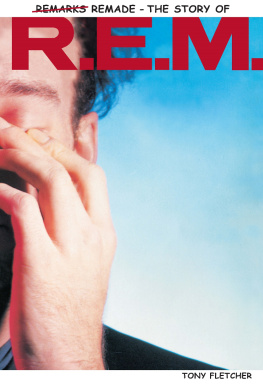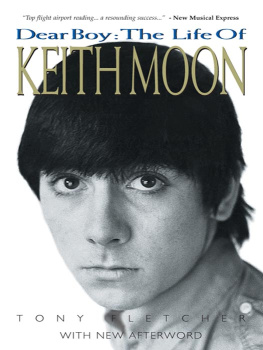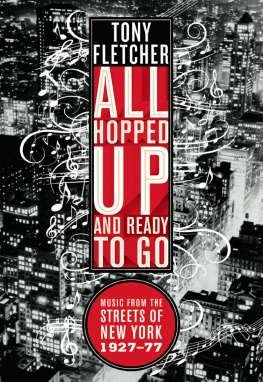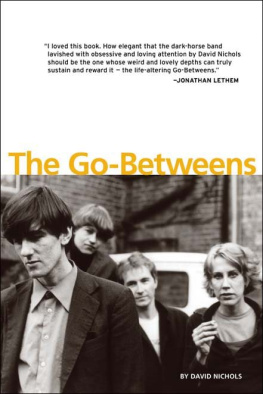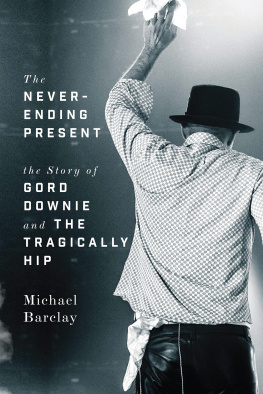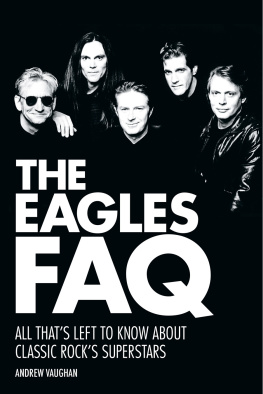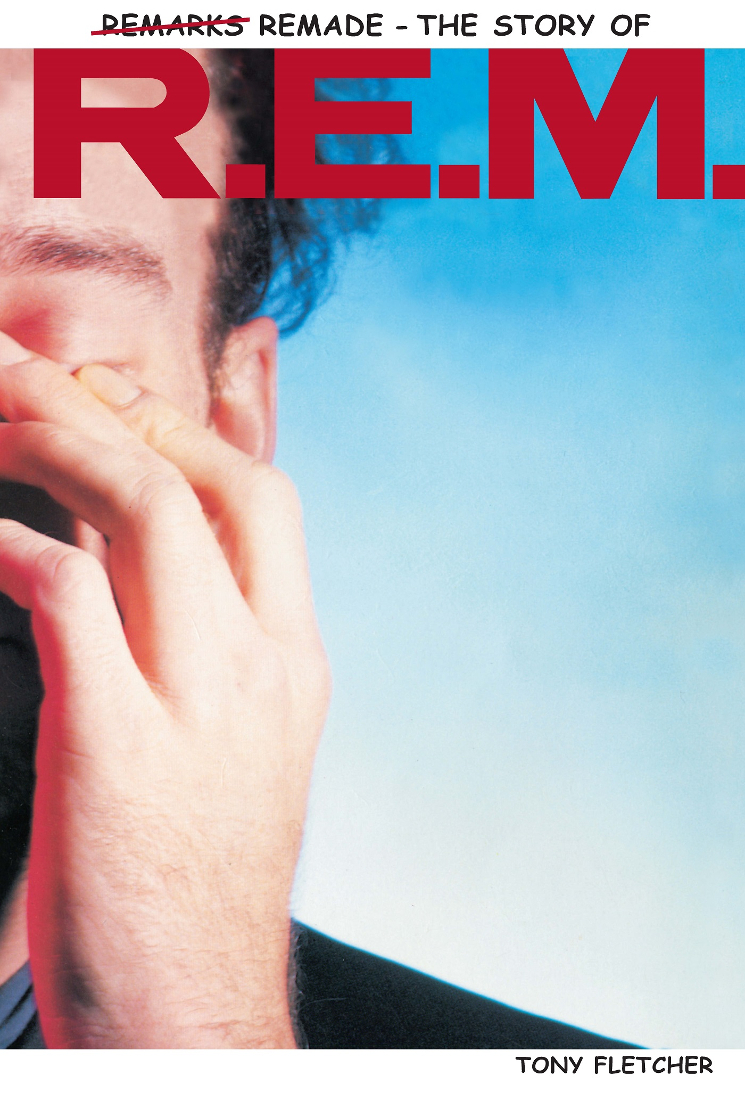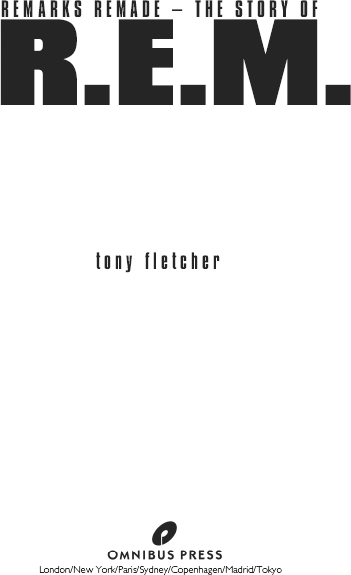Acknowledgements
In the earlier editions of this book, quotes were taken or paraphrased from interviews conducted by the following writers in the bracketed publications: Bill Black (Sounds 4/84), Laurent Chalumeau (Rapido 11/88), Matt Damsker (San Diego Union 6/83), Anthony DeCurtis (Record 7/85, Rolling Stone 8/87, 4/89), Adrian Deevoy (Q, 12/88), Harold De Muir (East Coast Rocker 10/87, NME 11/88), Bill Flanagan (Musician 1/88), Bill Forman (Bam 10/87), David Fricke (Musician 7/84, Rolling Stone 3/92), Don Gilliand (Ft Lauderdale Rag 5/83), Robert Gordon (Creem 4/91), Marty Graham (Milwaukee Express 6/83), Robert Hilburn (Los Angeles Times 6/85), Bill Holdship (Creem 9/85), Allan Jones (Melody Maker 6/85), Sean OHagan (NME 12/88), Jim MacNie (Musician 4/91), Ian McCann (Vox 2/92), Hugh Morley (Jamming 1/85), John Morthland (Xtra 6/85), Jeff Nesin (Creem 9/84), John Platt (Bucketful Of Brains #11, 84), Steve Pond (Rolling Stone 12/87), Edwin Pouncey (Sounds 10/88), John Reynolds (The Aquarian Weekly 11/92), Karen Sclossberg (Creem 12/87), Mat Smith (Melody Maker 9/87), Jim Sullivan (Record 7/83), Jeff Tamarkin (Creem 9/84), Rob Tannenbaum (Centrum Guide 85), Ed Ward (Austin American-Statesman 6/83) and Jon Young (Trouser Press 8/83).
In this latest edition, from onwards, I have tried to state any external sources on their first point of reference. Where no source is listed, that should usually indicate that I conducted the interview myself. My grateful thanks to everyone who agreed to be interviewed for any and every edition of this book.
To R.E.M, my initial thank-you list remains: to Bill, Mike, Michael and Peter for the music; Jefferson and Bert for being easy to deal with; Liz Hammond, Debbie Kilpatrick and Brooke Johnson for efficiency; to everyone I briefly encountered on tour who helped. For the year 2002 overhaul, Id like to add my thanks to Kevin OBrien, Brandy Campbell, Anthony DeCurtis, Julie Panebianco, Ethan Kaplan, Brendan Yates and to the journalists and record company employees who were very helpful in supplying background material. These names only touch on those whove offered support in one way or another.
For R.E.M. archive material in the original editions, I would like to maintain my thanks to hardened collectors Fred Mills, Mad Louie, Patti Kleinke, Andy Johnson, Bryan Cook, Annie Fort at I.R.S., and everyone else who supplied me with tapes or cuttings. My stay in Athens all those years ago would not have been such a pleasure without the wonderful hospitality of Carolyn Overton, Robin Taylor and Mary Gambrell; wherever you are these days, girls, if its half as much fun as it was in Athens, youre doing fine. Equally entertaining to be around in Athens though not quite as easy on the eyes were Mark Baldovski, Terry and Trent Allen. Drew Worsham, Mark Cline and Mike Richmond, along with many, many others I hoped not to fall out of touch with but have done anyway. Thanks also to Ira Robbins, Scott Schinder, Susan Myers and Melissa Manuel of The Dixie Voice, Karen Moss and Steve Fallon. I have no idea where in the world Adria might be now, but the original edition wouldnt have come about without her backing. (I know I wasnt easy for you.) Posies been my rock ever since; if anyone deserved to attend that MTV Unplugged show in 91 while I waited in a hotel room across town for an unrelated interviewee not to show, it was you. Campbell, my best buddy, I hope youll be glad in future years that we took you to see R.E.M. when you were but three years old. Believe me, it was a good show. But then they usually are.
Contents
Remarks Remade An Explanation
T he original edition of Remarks was researched and written during the first six months of 1989, at a time when R.E.M. were finally breaking out of cult status and into the public domain of hit singles, platinum albums and sports arenas. At least that was the case in the USA, where Remarks was published in 1990. In the UK, where it came out in the autumn of 1989, R.E.M. had yet to score a Top 50 single. They were critics darlings for sure, and their imprint was indelibly stamped upon the Eighties as one of the decades most influential groups, but they were hardly a household name.
Myself, I had been an impassioned fan of R.E.M. from the moment I first heard Murmur in 1983. I witnessed all three of the bands dbut performances in the UK that November (at The Tube TV show, where I was then working, at Dingwalls in London the following night and at the Marquee three nights after that). I interviewed the group on several occasions when they visited the UK; I saw the band at least once on every one of their five further trips to Britain up to and including 1987. Somewhere between the release of Document, the bands fifth album, and Green, their sixth (and first for a major label), I moved to the bands home country, the United States. Shortly after the release of Green, the subject of an R.E.M. book came up in conversation with Andrew King and Chris Charlesworth at Omnibus Press (for whom I had written the official biography of Echo & The Bunnymen); the band seemed a suitable, if somewhat uncommercial, subject for a biography, and the fact that I was now living in the States and a committed fan with first-hand knowledge made me a suitable candidate to write it. I was delighted to take up the challenge.
To attract R.E.M.s passionate but limited following, Remarks was kept short. It was then artfully laid out by Liz Nicholson with nearly a hundred photographs, many of them rare and/or unseen. The upside to this was a book both attractive and inexpensive, an accessible and accurate introduction to a group that had long been shrouded in mystery. The downside was that some people looked at its photo-intensive layout and took it to be frivolous and/or lightweight, as if it had been assembled from press cuttings rather than solid research.
Hardly. In assembling Remarks, I spent a full week in the groups home of Athens, Georgia, interviewing friends and acquaintances, visiting first hand the locations from which R.E.M. and their sound had emerged, and experiencing for myself the sometimes intangible attributes that make the town so unique. I travelled to Winston-Salem to interview Mitch Easter, to Charlotte to meet Don Dixon, and to Cincinnatti to present my case for the biography to R.E.M. themselves, then on a major arena tour.
The group initially took the perfectly logical view that they were still a work-in-progress and therefore not yet ready to be ossified in print. At the same time, they understood that biographies were an inevitable by-product of the fame game. Peter Buck, in particular, as the bands resident rocknroll obsessive and archivist, seemed to agree that they would be better off telling their story than letting others tell it for them and volunteered to be interviewed on behalf of the entire group. I rejoined R.E.M. in Florida for a couple of days, interviewing Peter on the tour bus between shows. The office then helped me track other interviewees down, and confirmed my credentials to those I contacted myself. Personal lives and family backgrounds were considered firmly off limits, a rule I respected. None of this was mentioned in the introductions to the previous editions of

